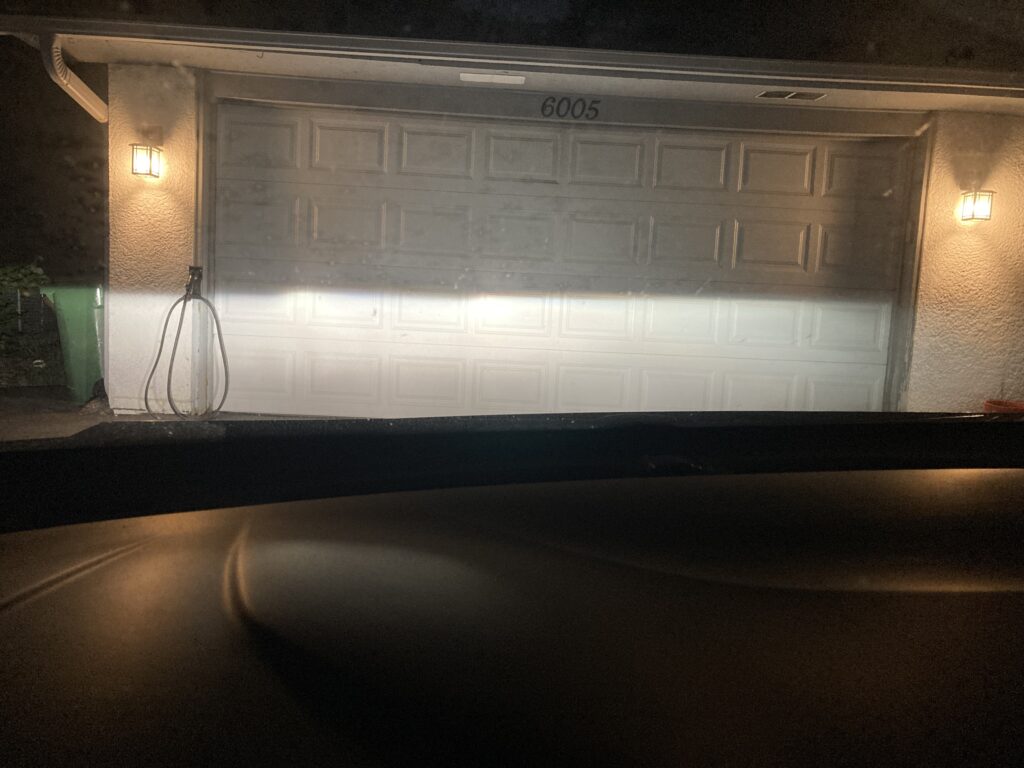The weekend of WordCamp US 2022, I took Sunday off to attend another event happening in San Diego that weekend: Fully Charged Live. Fully Charged is a YouTube show that centers around electric vehicles, but it’s really about electrification of everything. In the same vein, the show had a plethora of electric cars, but it had a lot more: electric motorcycles, bikes, skateboards, and one wheels. Also there was a lot of information about non-transport related electrification, such as efficiency in your home. One suggestion: try a portable induction cooktop to see if you like it.
Continue readingTag Archives: Electric Vehicle
10 cars that are surprisingly slower than the Chevy Bolt EV
The other day I was at a stop light next to a hopped up Civic with a fart-can exhaust pipe. I got to wondering if the Bolt was faster than a Civic Si. I did some research and the answer is yes (depending on the year & trim).
The Chevy Bolt clocks in at 0-60 mph in 6.4 seconds, and a quarter mile in 14.9. My old WRX could run the 1320 (1/4 mile) in 14.3 seconds. But as you can see, the Bolt is no slouch and it’s in pretty good company with some cars that people would associate as sporty:
Continue readingEV Excuses
People have tons of questions about owning and driving an electric vehicle (EV). There are also a bunch of people that nay-say and make assumptions about EVs without first hand experience.
I look at the new Ford F-150 Lightning as a truck of the future. The base model is around $40k, it has a 230 mile range, and can tow 11,000 lbs.
Here are some common concerns/complaints:
Continue reading$25k cars 20 years apart
I was talking to a friend about my Chevy Bolt after I got it, and remarked how many features it has. Then I realized nothing on the list of features would impress him. He’s the type of guy that gets a new car every 2 years, so he’s seen the gradual stair-step addition of features across several models.
The “new” automatic windows that go all the way up/down with a single button press astound/annoy me. That’s how far behind I was.
I’d driven a 2002 Subaru WRX since 2005. It was a fantastic little car that was terrifically fast. At the time it didn’t have a lot of extra features – you could buy the base WRX for less than $25k in 2002. While the base MSRP for a 2021 Chevy Bolt is in the $30k range, tax and dealer incentives frequently brought it to the $25k price point.
Continue readingLearning to love the seat warmer
Being a die-hard Minnesotan, I’ve developed some habits that I need to break. Many of these are stubborn/stupid habits that simply come from getting old and always doing things the old way.
One of them is my insistence on not using seat warmers in cars. Mostly because my first encounter with them was unknowing. I was riding in someones fancy car (Lexus) and it detected that a butt was in the passenger seat. Combined with the outdoor temperature, the climate computer decided it should activate the heated seat. About a minute later I was wondering if I had peed my pants 😳🍑🔥
I decided then and there that it would be the first and last time I used a heated seat… But was it really?
Driving my Chevy Bolt in winter, the range is reduced due to several factors: batteries don’t like the cold, the factory heater is a resistance unit instead of an efficient heat pump like on the newer Teslas. Combined with the fact that my car is currently limited to an 80% charge, the juice gets used up much faster in the winter.
Continue reading